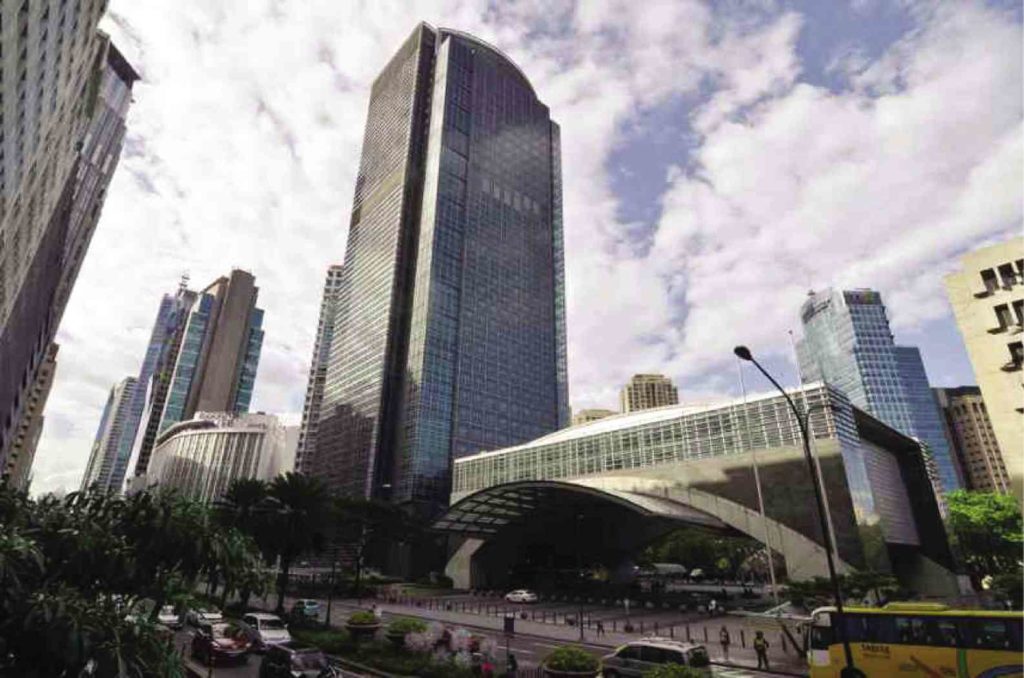
The low vacancy rate was due to the fact that close to half of the newly completed office buildings from the second quarter alone had been pre-leased.
The Philippine office property market is poised to benefit from a sustained robust demand, but an “unhealthy” vacancy rate may hamper the possible expansion of existing and new businesses.
Pronove Tai International Property Consultants even warned that the current 4 percent office vacancy rate in Metro Manila “does not bode well for the industry.”
“Anything below 5 percent is unhealthy. Such low rate does not provide expansion space for existing and new businesses within the building or the district,” explained Pronove Tai CEO Monique Pronove.
Low office vacancies
Data from the consultancy firm showed that the vacancy level in Makati City—the largest office district in the country to date in terms of gross leasable area (GLA)—stood at 2 percent while in Taguig City and the Bay Area (which covers the cities of Pasay and Parañaque), a 3 percent vacancy was recorded.
The vacancy in Ortigas Center meanwhile was the lowest at 1 percent, it claimed.
Pronove explained that this low vacancy was due to the fact that close to half of the newly completed buildings from the second quarter alone had been pre-leased. Add the fact that delays in construction “continue to plague the real estate market.”
“Investor confidence remains high for the real estate market. We felt no slow down in the industry’s activity but instead, delays hounded the market due to the unprecedented construction activity in all sectors including infrastructure,” Pronove explained.
For instance, five buildings, representing 130,000 sqm of leasable space, were earlier projected for completion in the second quarter. The target completion was moved to the third quarter this year.
Pronove also cited the lack of manpower as one of the biggest challenges faced by many developers. Citing data from the Bureau of Local Employment, Pronove noted that while there are currently 1.3 million construction workers nationwide, 200,000 more workers will be needed until 2022.
Growing demand
Meanwhile, demand for office space in Metro Manila remained high as the IT-business process management (IT-BPM) industry continued to be the strongest driver, accounting for 44 percent of pre-leased spaces for the buildings completed in second quarter of 2017.
The offshore gaming sector meanwhile was the second biggest driver, accounting for 23 percent of pre-leased spaces.
This sector, according to Pronove, “could be expected to get even stronger as a demand driver, given the recent clarification of licensing and accreditation of Philippine offshore gaming operators in the country by the government.”
Pronove noted that offshore gaming operators usually require leasable space of anywhere from 1,000 sqm to as high as 50,000 sqm.
The company further observed higher demand coming from the flexible working spaces market in the second quarter of 2017.
Highest supply
Despite the low vacancy rates and the completion of 324,000 sqm of office space in the second quarter alone, Pronove Tai stated that 2017 would mark the highest supply in Philippine history with approximately 1.2 million sqm of additional supply.
This will reflect a 244-percent increase compared to a year ago, given the completion of office property projects that were supposedly due for completion in 2016 but were delayed.
Four developments in the Bay Area, which were initially projected to be completed in 2018, are meanwhile seen to be finished within the year as well, claimed Pronove Tai.
Pronove Tai further reported that the Bay Area remains the fastest growing office district which will continue throughout 2017. The company projected a 41 percent growth to approximately 751,000 sqm in the second half of 2017, from 535,000 sqm in the first six months.